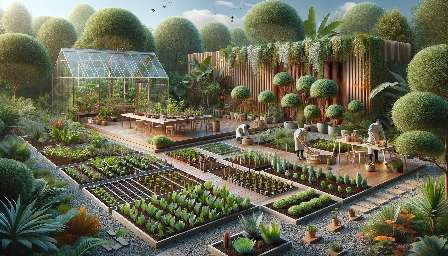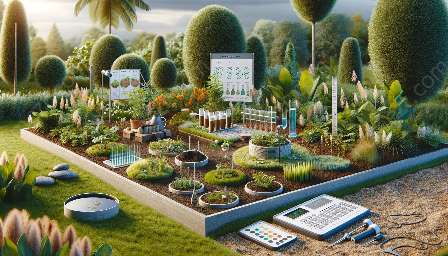Hydroponics is a cutting-edge cultivation method revolutionizing horticulture, agriculture, and forestry. From its inception to its current impact, this article explores the applications, benefits, techniques, and growth potential of hydroponic systems.
The Basics of Hydroponics
Hydroponics is a soilless growing technique that uses a nutrient-rich water solvent to deliver essential minerals directly to plant roots. This allows plants to grow in a controlled environment, leading to faster, more efficient growth and significantly higher yields compared to traditional soil-based methods.
Integration with Horticulture
In horticulture, hydroponics offers a revolutionary approach to plant cultivation, allowing for precise control over the growing conditions, leading to healthier, more abundant harvests. This technique also enables the growth of plants in urban environments and areas with limited arable land, presenting a sustainable solution to food production challenges.
Advancing Agriculture and Forestry
Hydroponics has the potential to transform the agricultural and forestry sectors by offering innovative solutions to enhance crop productivity, conserve water, and minimize the environmental impact of traditional farming practices. Through the integration of hydroponic technology, these sectors can become more sustainable, efficient, and adaptable to changing environmental conditions.
Benefits of Hydroponic Cultivation
Hydroponic systems offer numerous benefits, including:
- Water Efficiency: Hydroponic systems use significantly less water than traditional soil-based methods, making them ideal for regions suffering from water scarcity.
- Optimized Nutrient Delivery: By providing essential nutrients directly to the plant roots, hydroponic systems ensure that plants receive exactly what they need for healthy, vigorous growth.
- Space Utilization: Hydroponic systems can be implemented in small spaces, making them suitable for urban farming and vertical gardening, maximizing land use efficiency.
- Year-Round Production: With controlled growing conditions, hydroponic cultivation allows for year-round production, reducing the dependence on seasonal changes and external factors.
- Reduced Environmental Impact: By minimizing the need for chemical fertilizers and pesticides, hydroponic systems contribute to environmental sustainability and reduce agricultural runoff.
Techniques of Hydroponic Cultivation
There are several hydroponic techniques, including:
- Nutrient Film Technique (NFT): In this method, a shallow stream of nutrient solution recirculates past the bare roots of the plants, allowing for efficient nutrient uptake.
- Deep Water Culture (DWC): The plant roots are suspended in a nutrient solution, with aeration to prevent root rot and encourage healthy growth.
- Drip System: This technique involves delivering a controlled amount of nutrient solution directly to the plant's root zone through drip emitters or tubing.
- Aeroponics: Plants are suspended in a misty environment where their roots are periodically sprayed with a nutrient solution, allowing for maximum oxygenation and nutrient absorption.
The Future of Hydroponics
As technology and understanding of hydroponics continue to advance, the potential for its widespread application in horticulture, agriculture, and forestry becomes increasingly apparent. The ability to grow crops in controlled environments, with minimal resource consumption, holds promise for addressing the global food security and sustainability challenges we face today.
Hydroponics represents an exciting frontier in plant cultivation, offering a sustainable, efficient, and adaptable solution to the evolving needs of horticulture, agriculture, and forestry.



